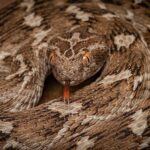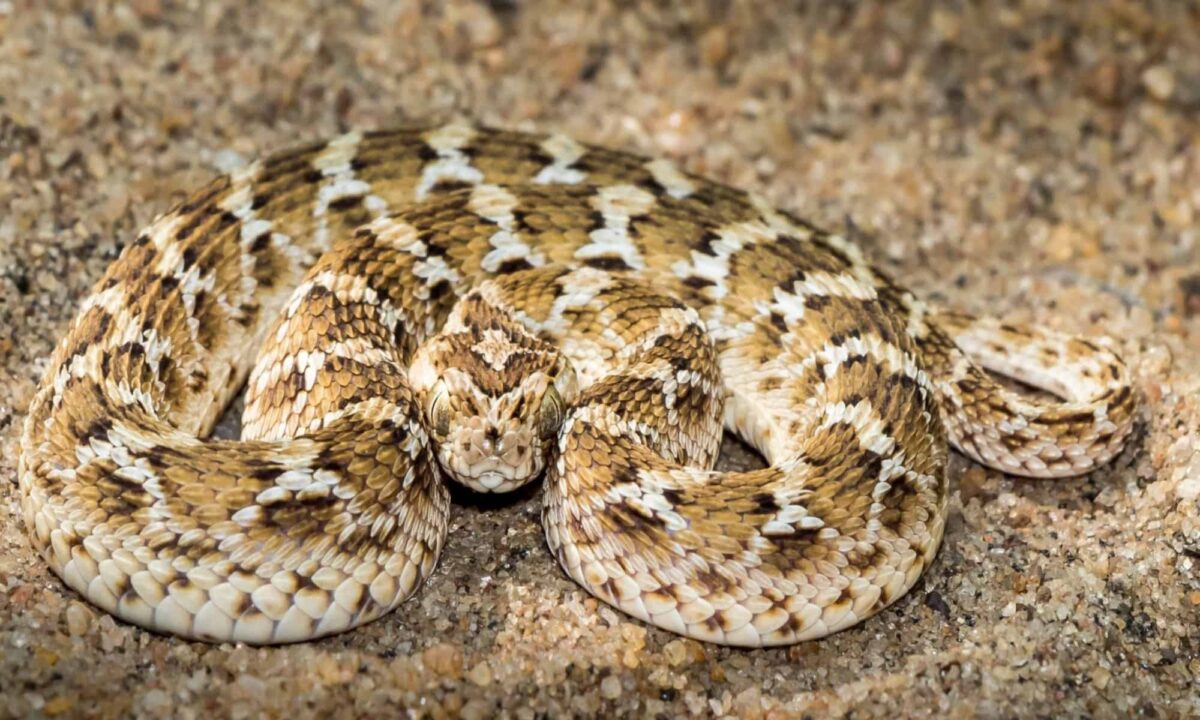

Scientific name
Species name
Body length (Max)
Body length (min)
The saw-scaled viper, scientifically known as Echis carinatus, is a venomous snake species belonging to the Viperidae family. Saw-scaled vipers are relatively small snakes, typically measuring around 30 to 60 centimeters in length. They have a stout body and a distinctive saw-like keeled scale pattern along their sides, which gives them their name. The coloration can vary, but they often have a sandy or reddish-brown background with darker markings. Saw-scaled vipers are widely distributed across arid and semi-arid regions of Africa, the Middle East, and South Asia. They can be found in countries such as Iran, India, Pakistan, Sri Lanka, Yemen, Saudi Arabia, and Sudan.

Saw-scaled vipers are highly venomous, and their venom can cause severe symptoms, including tissue damage, bleeding disorders, and even death if left untreated. They are responsible for a significant number of snakebite incidents in their range. Due to their small size, fast movements, and often hidden or camouflaged presence, they can be difficult to spot and avoid.

These snakes are adapted to a range of habitats, including deserts, scrublands, grasslands, and rocky areas. They are primarily nocturnal but can be active during the day in cooler seasons. Saw-scaled vipers are known for their aggressive and defensive behavior when threatened. They produce a unique hissing sound by rubbing their scales together, which acts as a warning signal.
Saw-scaled vipers primarily feed on small mammals, such as rodents, as well as lizards and other small vertebrates. They have heat-sensitive pits on their heads, which help them locate prey in low-light conditions.
Most Echis species, such as those found in Africa, are oviparous, while others, such as those in India, are viviparous

